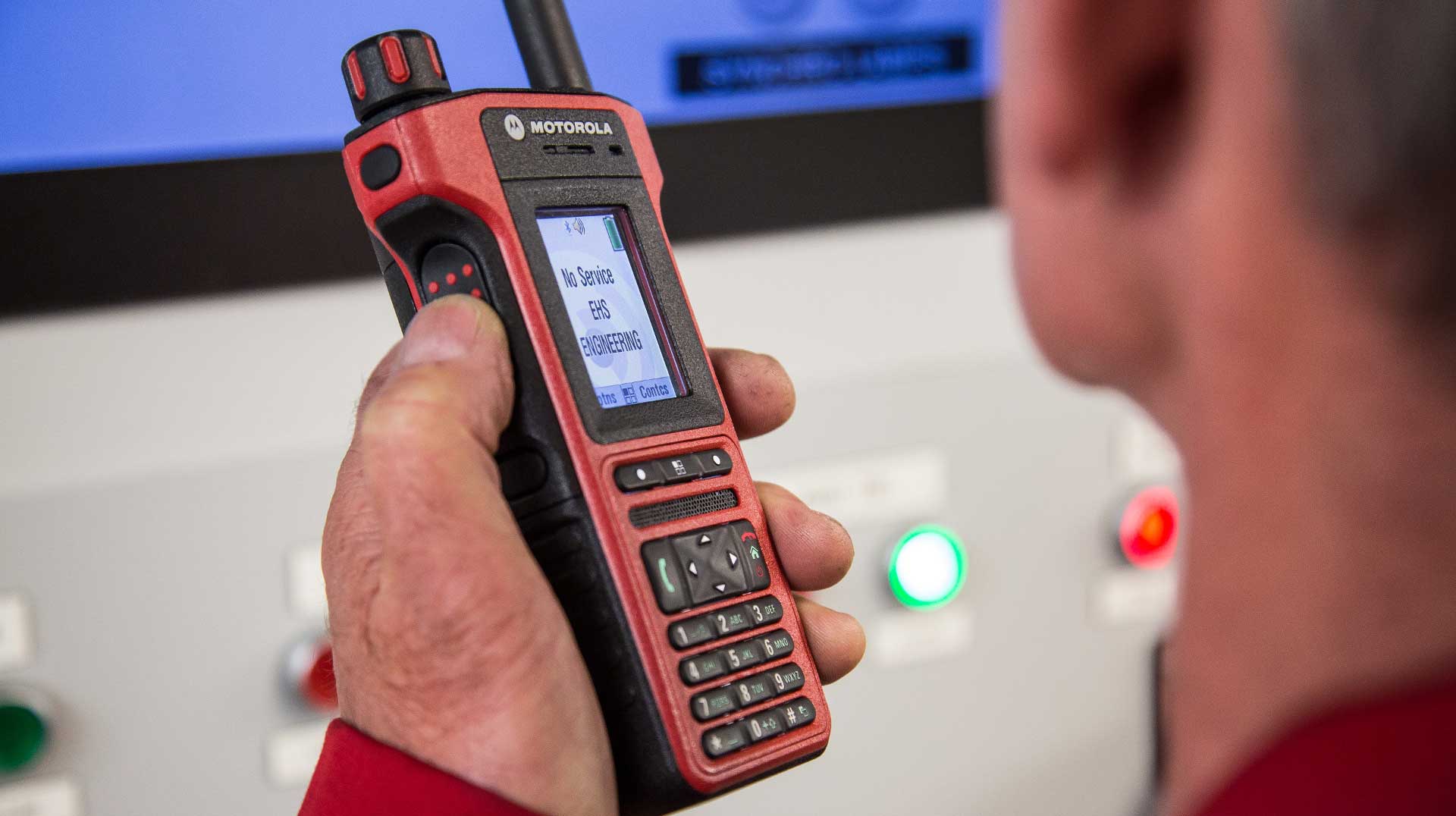Since its inception in the 1960s, community policing has been invaluable in creating partnerships between police and residents in communities around the country — especially those who may be more distrusting of officers.
This strategy is meant to proactively address crime and public safety issues by bringing law enforcement officers into the community through partnerships with individuals and organizations.
In communities that use community policing efforts, residents have more of a voice in public safety management while being served by officers and personnel who approach community safety with empathy and understanding.
The Three Key Components of Community Policing Strategies
The three key components of community policing strategies are:
- Organizational transformation
- Community partnerships
- Shared problem-solving
Community policing strategies are meant to decentralize police operations and create more accountability for the police force and personnel within communities. Essentially, community policing allows officers to tackle neighborhood crime while building a bridge of trust between the community and law enforcement, lowering overall crime.
Organizational Transformation
When considering the causes of crime, and the distrust of police in many neighborhoods, it’s important to realize that transformation needs to begin in the legal system before it can begin in the community. Law enforcement officers need to have a clear understanding of neighborhood concerns, which can only be earned through direct contact with those in the neighborhood.
An initial way to go about this transformation was by growing police involvement in the community through non-legal proceedings. Have you ever seen those commercials where a police officer plays a game of pick-up basketball with some kids in the neighborhood? That’s a level of community involvement.
However, amidst the budget cuts, many police forces are facing, it’s becoming increasingly difficult to allow officers to spend time on the job doing activities not paramount to the immediate safety of the community. Therefore, many law enforcement agencies are leveraging a more community-led public safety approach, where civilians are hired in key support roles like dispatch, forensics and administrative tasks to grow involvement without straining the officer’s time.
This has multiple benefits, including freeing up more officers from desk tasks and allowing them to become more involved in the community, while also bringing more community members into daily contact with law enforcement. The practice of hiring civilians for non-sworn roles has cost-saving advantages as well, as in many jurisdictions, using non-civilian staff costs an excess $2.24 million per year.
Community Partnerships
Community partnerships are generally defined as any relationship built between police and community groups, including religious organizations, businesses, local government, schools and community groups. These partnerships are consistent, ongoing relationships meant to continuously foster interaction between police and the communities. This can even include police forces and services cohabitating with other community services, like recreational centers.
In these spaces of co-habitation, community leaders can provide lines of communication between police and the community, identifying problems and solutions and allowing police to speak with neighborhood watch groups, schools and other community groups to share crime prevention tips.
Shared Problem-Solving
One of the largest positive effects of community policing is the success of shared problem-solving.
The biggest consequence of organizational transformation and community partnerships has been the success of shared problem-solving. Working together, police and community members can start to prevent issues, rather than reacting to crime and disorder once it’s happened.
One of the most common approaches to shared problem-solving in community policing is the “SARA Model.” SARA stands for Scanning, Analysis, Response and Assessment and involves identifying and analyzing recurring issues in the community. From there, community members are consulted to determine the root causes of the issues and work together to find long-term solutions to address them.
Evidence suggests that shared problem-solving based on the SARA Model can significantly reduce crime over traditional response models. A 2010 analysis done by Anaheim police found an extreme reduction in truancy when using a community policing approach to solve the root of truancy issues among parents in the community.
How Motorola Solutions Enables Stronger Community Policing
To help communities and the police force manage planned and unplanned crises, we’ve created Rave Collaborate. This crisis management platform makes it easy for police and community members to access task checklists, situation-specific resources, real-time reporting and more.
When using Rave Collaborate, communities and personnel report better coordination and emergency response, as well as detailed reporting that helps communities find solutions to their most common or recurring challenges.
Rave Collaborate helps with community policing efforts in a range of ways:
Automated Communication of Key Information
Designed for early incident response, this user-friendly tool reinforces policies and procedures while providing critical information in real time.
Dynamic Task Management
View and interact with critical tasks within an intuitive online dashboard to assign clear ownership of roles, provide real-time updates and react instantly during an active event.
Event-Specific Access to Resources
Make sure you are always prepared with prebuilt templates for all types of scenarios. Reference documents can be added before, collected during or shared after an event.
Extensive Recording of Responses and Actions
Speed response and ensure compliance with a detailed timeline recording all necessary actions during routine or unexpected emergencies.





Comments are closed here.